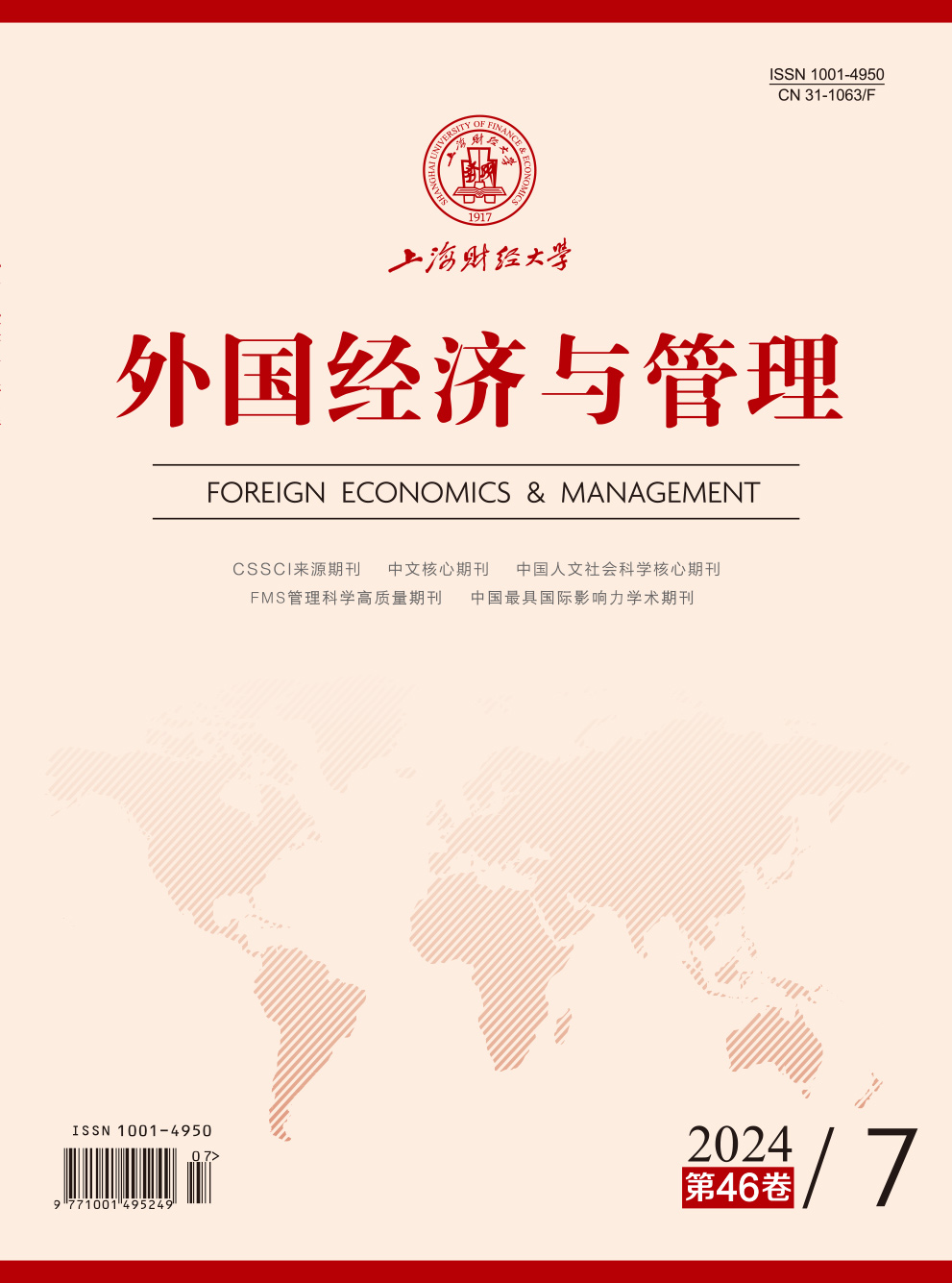With the younger consumption groups of luxury brands and the wide application of social media, the marketing communication of traditional luxury brands is facing huge challenges. How to select targeted advertising communication strategies according to different social media use scenarios of consumers has become a concern for luxury brands. Through three studies, this paper explores the matching effect between communication style of luxury advertising and different self-awareness states, and the underlying mechanism of unique value perception and self-esteem. The results show that when consumers are in a state of subjective self-awareness, luxury products with a cold (vs. warm) advertising communication style can enhance consumers’ purchase intention and brand attitude, and this effect is driven by unique value perception. When consumers are in a state of objective self-awareness, luxury products with a warm (vs. cold) advertising communication style can enhance consumers’ purchase intention and brand attitude, and this effect is driven by self-esteem. The above conclusions mean that in the era of traditional media, the cold advertising communication style commonly adopted by luxury products based on consumers’ subjective self-awareness state will have to be changed due to the diversified self-awareness states of consumers brought about by the extensive use of social media.
 / Journals / Foreign Economics & Management
/ Journals / Foreign Economics & ManagementForeign Economics & Management
LiZengquan, Editor-in-Chief
ZhengChunrong, Vice Executive Editor-in-Chief
YinHuifang HeXiaogang LiuJianguo, Vice Editor-in-Chief
Cold or Warm: The Matching Effect between Self-awareness in Social Media Use and Communication Style of Luxury Advertising
Foreign Economics & Management Vol. 46, Issue 07, pp. 102 - 119 (2024) DOI:10.16538/j.cnki.fem.20230901.301
Summary
References
Summary
Cite this article
Fei Xianzheng, Jiang Wen, Wang Haiyan. Cold or Warm: The Matching Effect between Self-awareness in Social Media Use and Communication Style of Luxury Advertising[J]. Foreign Economics & Management, 2024, 46(7): 102-119.
Export Citations as:
For
ISSUE COVER
RELATED ARTICLES




 2267
2267  2416
2416

